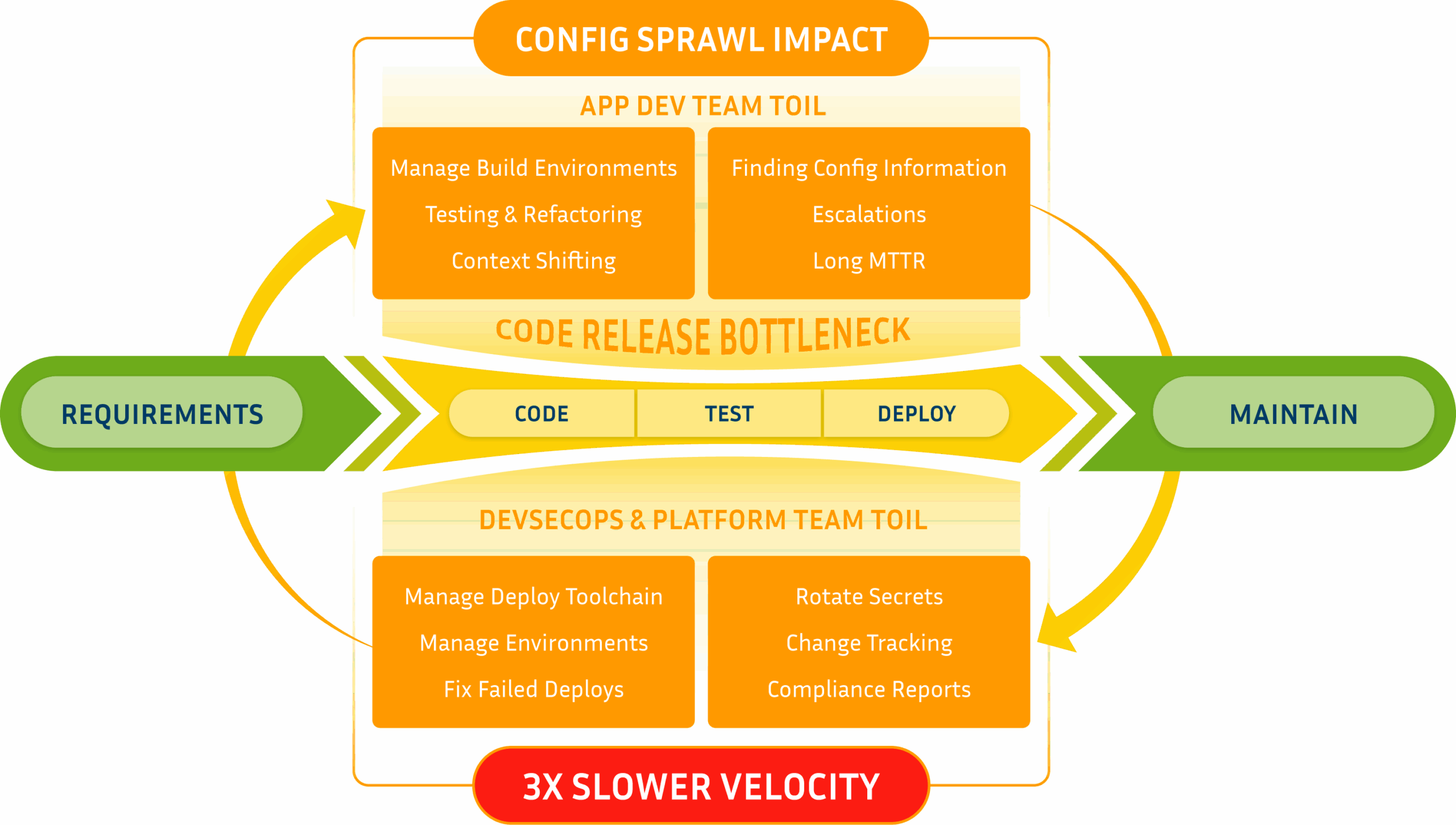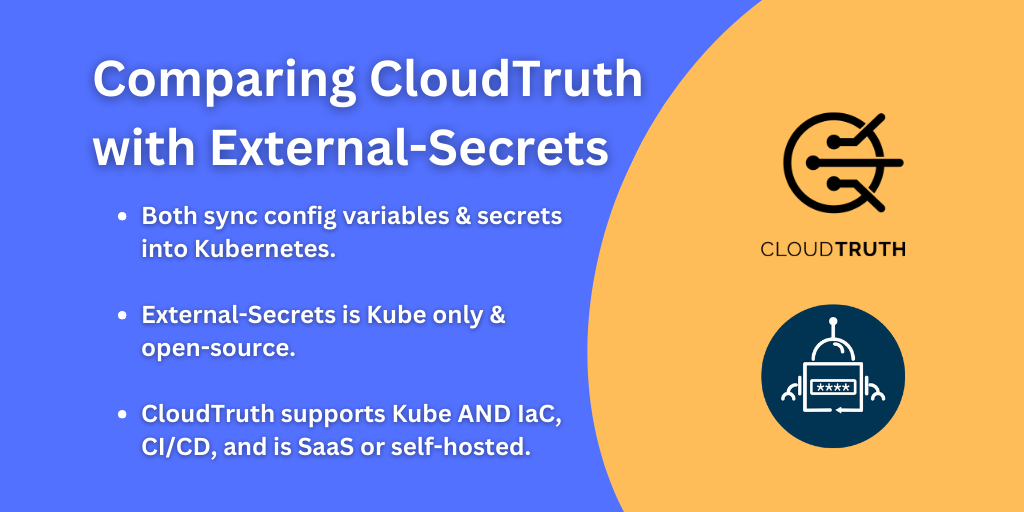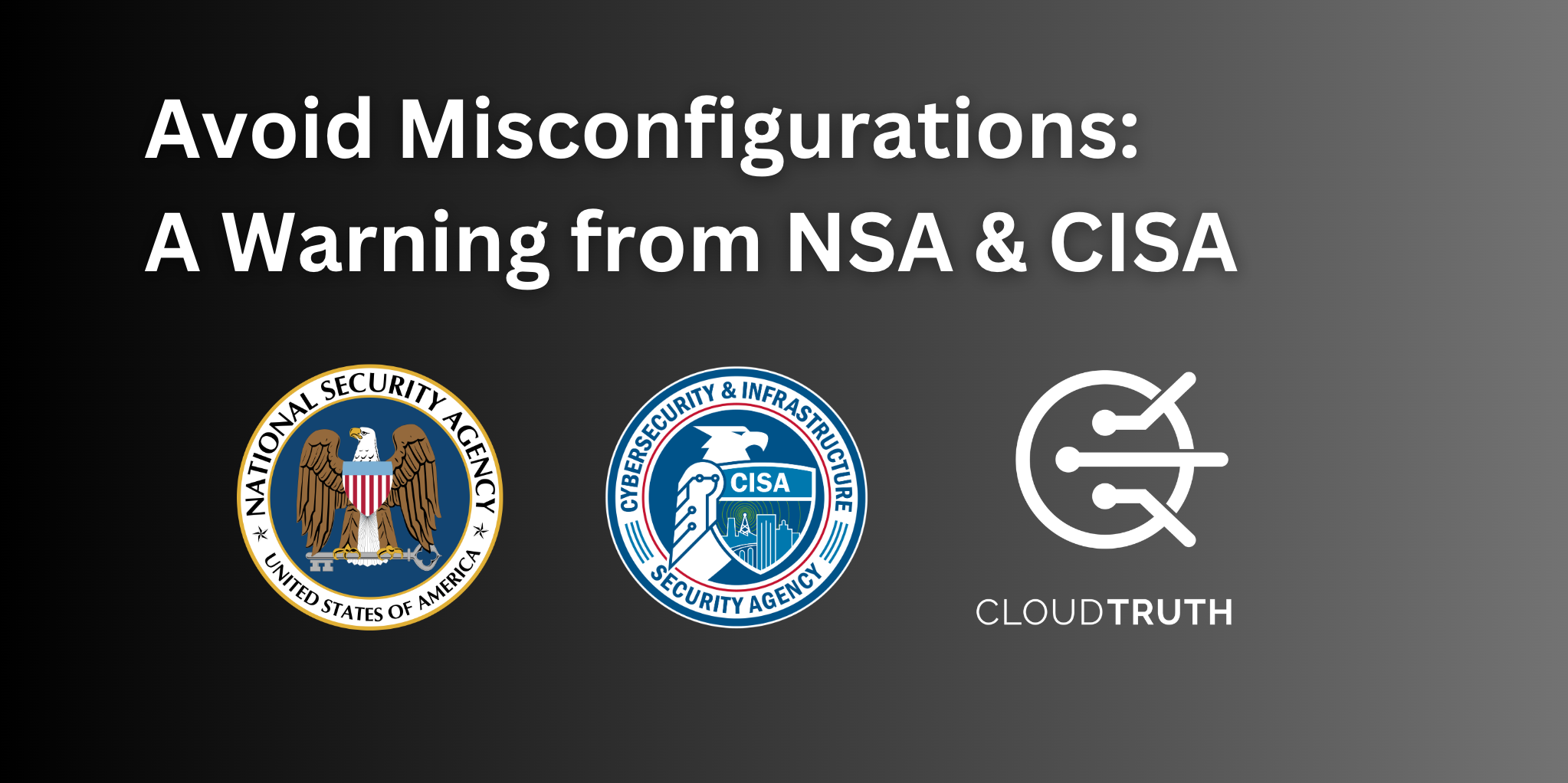
Cloud computing and Kubernetes have revolutionized organizations’ operations and provided them unprecedented flexibility and scalability. However, with the increasing adoption of Kubernetes and microservices come a new set of challenges, one of which is cloud configuration complexity.
Configuration sprawl, in particular, has become a hidden config sprawl tax on deployment velocity for most organizations. Look at config sprawl’s hidden impact in the typical software development lifecycle (SDCL).

Cloud configuration complexity refers to configuring and managing cloud environments’ intricate and often overwhelming nature. Configuration sprawl, on the other hand, is the proliferation of secrets, parameters, and environment variables to the point they are too hard to manage at scale. The result is unplanned downtime, security breaches, and a dramatic reduction in deployment velocity.
One of the main causes of cloud configuration complexity is the lack of central secrets management. Without a centralized system, teams will not clearly understand the configurations and resources used, leading to confusion and inefficiency. The lack of standardization in cloud configurations can also lead to a fragmented environment where different teams use configuration standards. This makes it difficult to ensure consistency across the organization and troubleshoot issues that arise.
Another cause of cloud configuration complexity is the rapid pace of innovation in the cloud computing space. Organizations are constantly offered new tools and technologies, and it can be challenging for teams to keep up and make informed decisions about which to adopt. This leads to a proliferation of configurations that become stale over time.
The impact of cloud configuration complexity on deployment velocity is significant. Complex configurations lead to the increased time spent on troubleshooting, which will slow deployment times. Configuration sprawl makes it difficult for teams to understand and manage their cloud environments, leading to increased risk of security breaches and data loss. Additionally, teams may spend too much time trying to keep up with the latest tools and technologies instead of focusing on delivering value to customers.
Consider Centralized Configuration and Secrets Management
Organizations should take steps to mitigate the negative impact of cloud configuration complexity on deployment velocity. One of the most important is to implement a centralized configuration management system. This will help teams clearly understand the configurations and resources being used and standardize the adopted tools and technologies. This can lead to increased efficiency and consistency across the organization.
Another strategy for managing cloud configuration complexity is establishing standards and best practices. This can help ensure that configurations are consistent and that teams use the same tools and technologies. Additionally, teams should regularly review their configurations and resources to ensure that they are still needed and that they are being used effectively.
Automation and monitoring can also help to reduce cloud configuration complexity. Automation can help ensure that configurations are consistent and that resources are used effectively. Monitoring can help teams to quickly identify and troubleshoot issues that arise.
Where do we go from here?
In conclusion, cloud configuration complexity and sprawl will significantly impact deployment velocity. It’s important for organizations to take steps to manage their cloud configurations effectively, such as implementing centralized management systems, establishing standards and best practices, and using automation and monitoring. By addressing these issues, organizations can reduce the “tax on deployment velocity” and ensure that they can quickly and efficiently deploy new services and updates.
Join ‘The Pipeline’
Our bite-sized newsletter with DevSecOps industry tips and security alerts to increase pipeline velocity and system security.


